Experiencing China
A travel journal
 This travel journal was authored by Julianna Hogenson, a 2nd year Iceland School of Energy student in the MSc Sustainable Energy degree who is focusing on geothermal exploration from a surface geology perspective.
This travel journal was authored by Julianna Hogenson, a 2nd year Iceland School of Energy student in the MSc Sustainable Energy degree who is focusing on geothermal exploration from a surface geology perspective.
Located in Beijing, China, Tsinghua University, a member of the C9 League in China, hosted the Experiencing China 2016 Program. Over 140 students, from 26 countries and over 70 Universities, attended this two-week long program with two Iceland School of Energy students invited for this opportunity as part of the ISE´s exchange program with Tsinghua University (including your esteemed author). The purpose of this program was to help explore the diversity of China, explore academic and industrial resources, and to further develop links between China and the rest of the world.
This was accomplished through a series of keynote lectures, group lectures, field trips, group tasks and discussions with notable lecturers and members of industry.
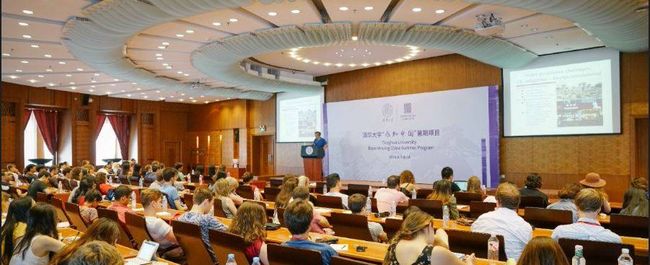
One of the main focus' of the keynote lectures, was the economy of China, not only its current situation but the history and rapid development since the age of industrialization. China truly is growing to become one of the world economy´s economic superpowers and they overtook the United States in having the highest GDP in the world, according to the 2015 ranking. With the rapid growth and expansion of their economy, another aspects of development have been neglected and require further improvement, such as safety and efficiency in industry.
The students were divided into six topic groups: City, Architecture, Environment, Economy, Education, and Women's Development. Due to size restriction for the groups, I was placed into the Architecture group rather than the preferred Environmental group.
As a member of the architecture group, the primary focus in group activities and field trips was to assess the use, purpose, and preservation of traditional architecture in a modern city. This was accomplished through field trips to various landmarks in and around Beijing, including The Forbidden City, The Confucius Temple, Imperial College, The Summer Palace, Peking University, Tsinghua University, and Beijing Planning Exhibition Hall.
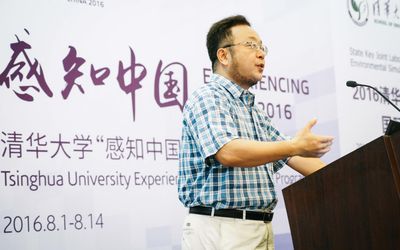
One of the most fascinating keynote lectures was given by Kebin HE, the Dean of the Department of Environment. His research focuses upon air pollution control, which was the emphasis of his lecture. Due to the rapid rate of urbanization (approx. 1.4 Million people per year) and industrialization seen in the past fifty years in China, air quality has decreased astronomically. This in turn has resulted in serious environmental issues effecting water quality, human health and lifespan, and atmospheric pollution.
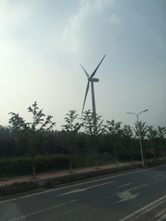
To help counteract this, China has committed itself to reducing coal power plant emissions by 60% by 2020 and to decrease the PM2.5 concentrations by 25% by 2017. In order to accomplish these goals, the Chinese government is focusing on creating new clean-energy based sources to help offset the coal power plants. In 2015 they installed 32.5 GW of wind energy, 18.3 GW of solar energy, and 14.9 GW of hydropower to reduce coal consumption by 3.7%.
If this rate of implementing renewable energy sources is maintained, China is well on its way to meet those goals. One of the field trips I was able to attend was to the State Key Laboratory of Advanced Power Transmission Technology. Here, the State Grid and the Global Energy Interconnection Research Institute, have partnered together to help research, develop and monitor power transmission throughout China.
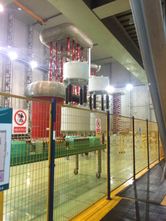
Some of their most unique developments include the design and testing of a long distance DC power grid system to replace the current AC system. The current power grid using AC is more efficient for small distance systems rather than long distance. The new transmission design plan, is showing the new DC system will be nearly 10% more efficient for electrical transmission over distances greater than 100km.
Their High Power Capacity Electronic (HPCE) testing platform is capable of testing at capacity equipment prototypes for new projects. The focus on the research and development industry is allowing for new and exciting innovations to help support the change towards greener energy. Building a strong relationship between research and development, private and public corporations and the government is proving to be a great tool to help the Chinese create further technologies to allow for renewable energy development.
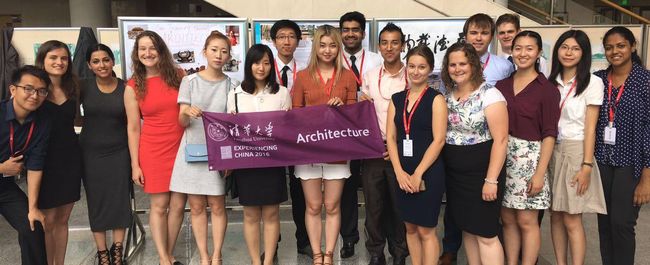
The final day of the program consisted of a forum to present our group posters based upon our projects and observations, final presentations for each group with a panel of professors and industry, then a gala banquet and talent show. Throughout the day, the various activities allowed for the students to truly reflect upon the program and show what they truly learned.

After the program ended I spent nearly two weeks traveling around the country. This unique opportunity to explore the culture and countryside of China allowed for a better appreciation of the Chinese People and culture. Overall this opportunity has been immensely rewarding and I can honestly say I have Experienced China.
Article by Julianna Hogensons, ISE studentPhotos courtesy of Julianna Hogenson & Tsinghua Staff
Read more about our relations with Chinese top-universities:
